8 of XVIII: Almost 150 years before @TheRakkasans climbed Hill 937, Prussian military theorist Carl von Clausewitz emphasized that war is controlled by its political object. See Uncle Carl’s quote on this. [In this case, the war's political object was a free & independent South]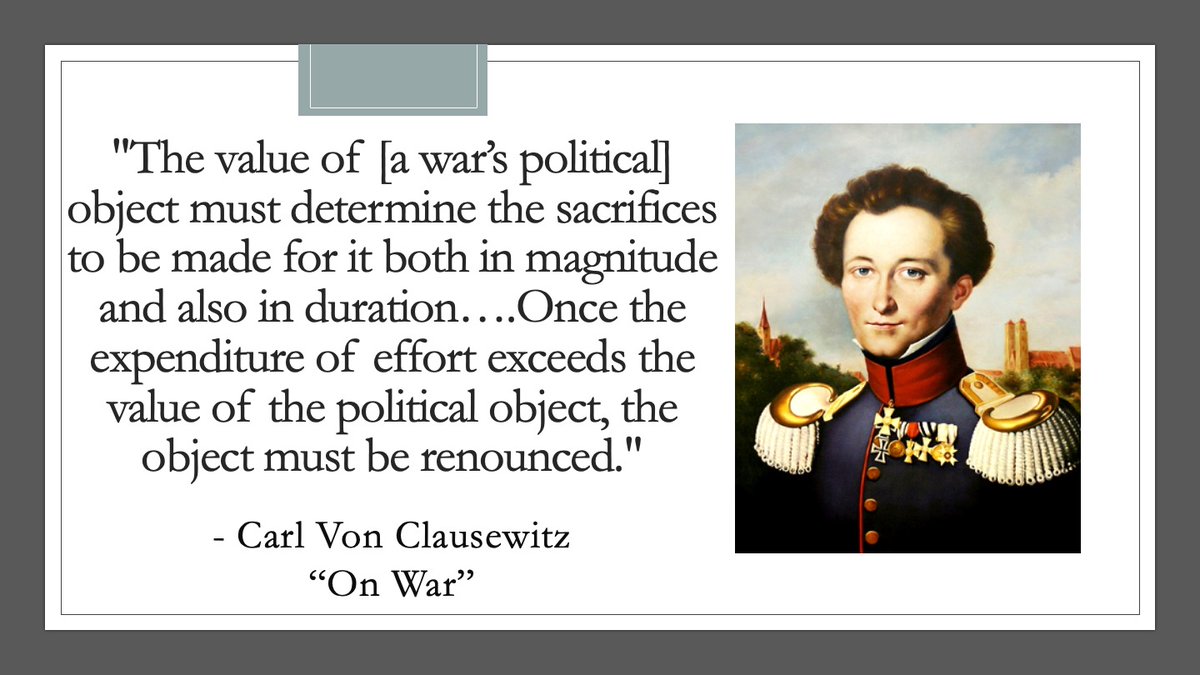

10 of XVIII: There were good reasons for the operation on Dong Ap Bia and we’ve outlined all of them here over the past few days (the biggest reason: the linkage of the Au Shau Valley to Laos & the Ho Chi Minh trail). [image c/o of @erikhistorian]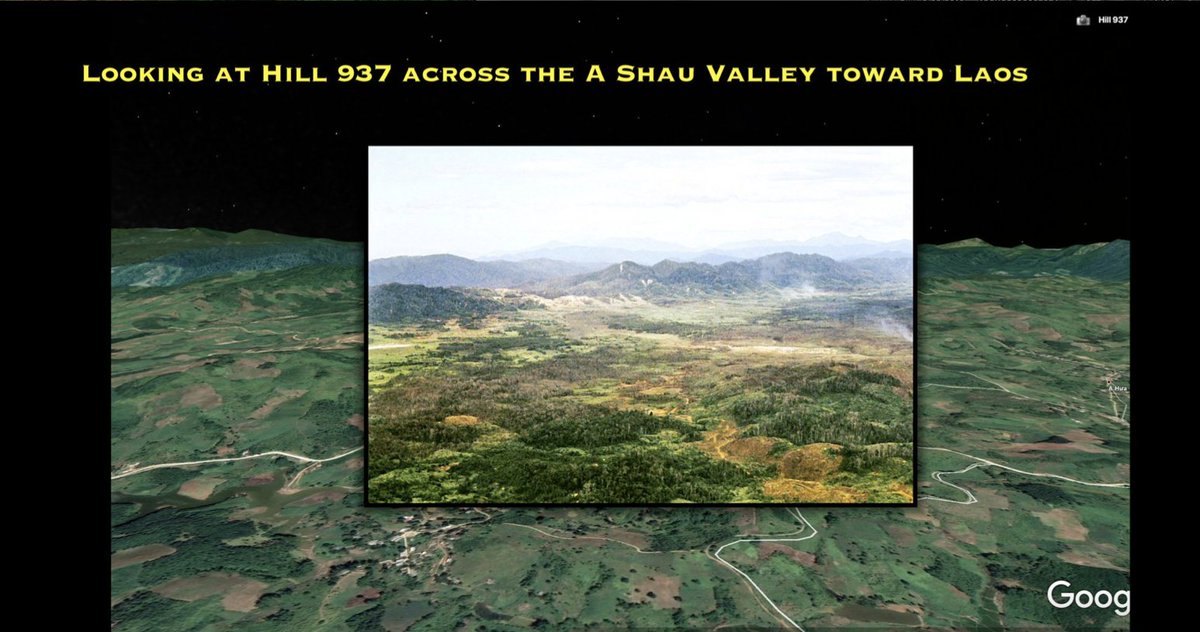

11 of XVIII: A stable South probably could not be realized w/o US and ARVN forces taking Au Shau Valley from the North. Some historians argue that the area was likely to serve as a jumping off point for another Northern offensive.
[image c/o of @erikhistorian]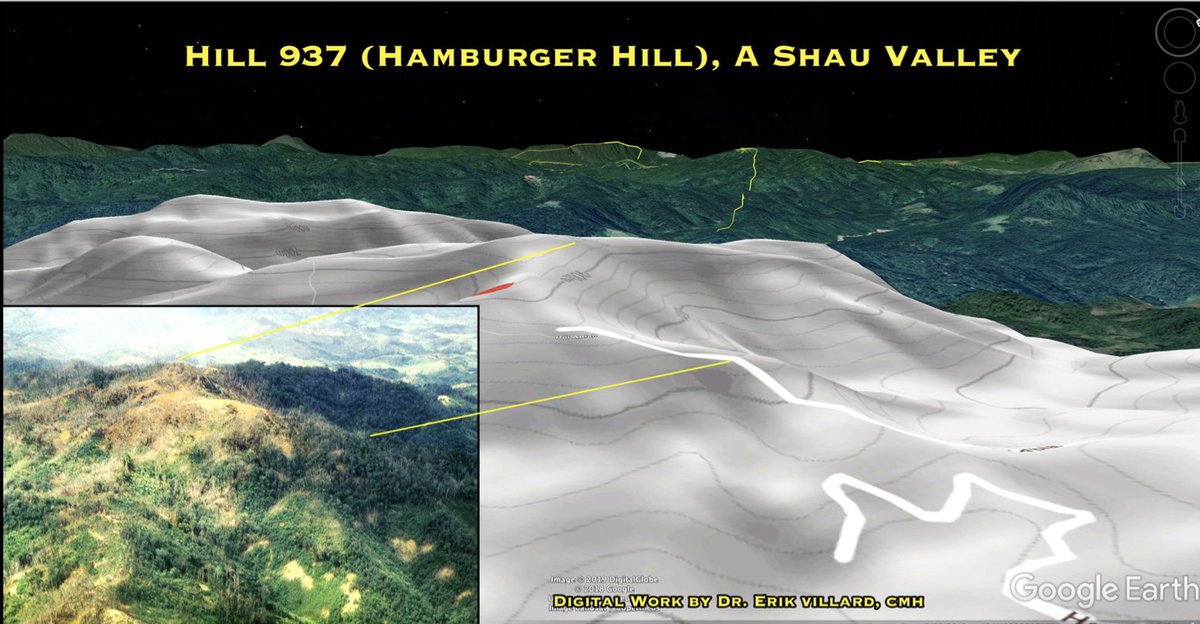
[image c/o of @erikhistorian]

13 of XVIII: Early on in the fighting, the @101stAASLTDIV found evidence of a sophisticated communications system & a network of bunkers. They also found documents indicating that the 29th PAVN Regiment's command and control center was on the hill.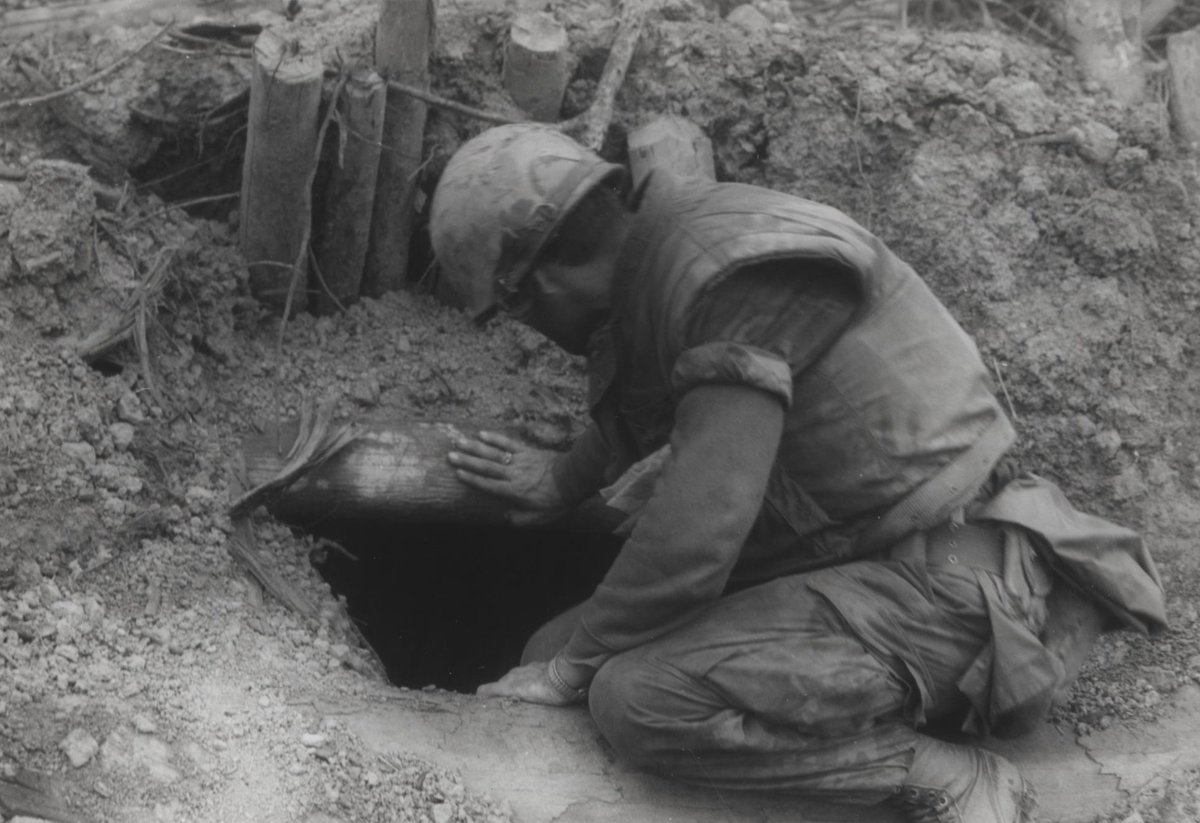

14 of XVIII: Given all of this context, @USArmy leaders can hardly be faulted for investing in the hill.
The subsequent criticism leveled at the command may be overstated. So, too, may be the importance we place on Hamburger Hill in shaping President Nixon's decisions.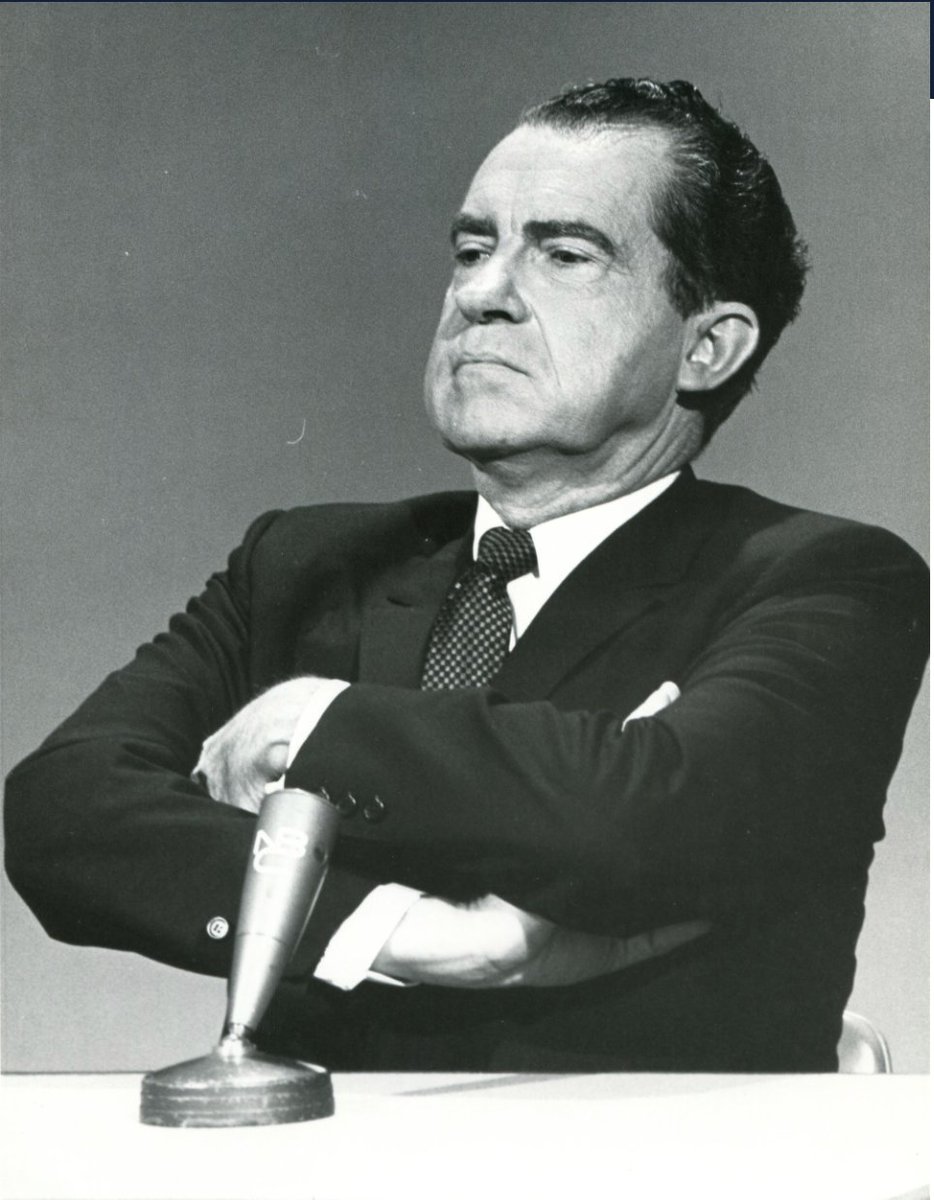
The subsequent criticism leveled at the command may be overstated. So, too, may be the importance we place on Hamburger Hill in shaping President Nixon's decisions.

16 of XVIII: That pressure gained strength almost 2 years after Hamburger Hill with the @NYTimes’ publication of front-page articles on the Pentagon Papers in January 1971.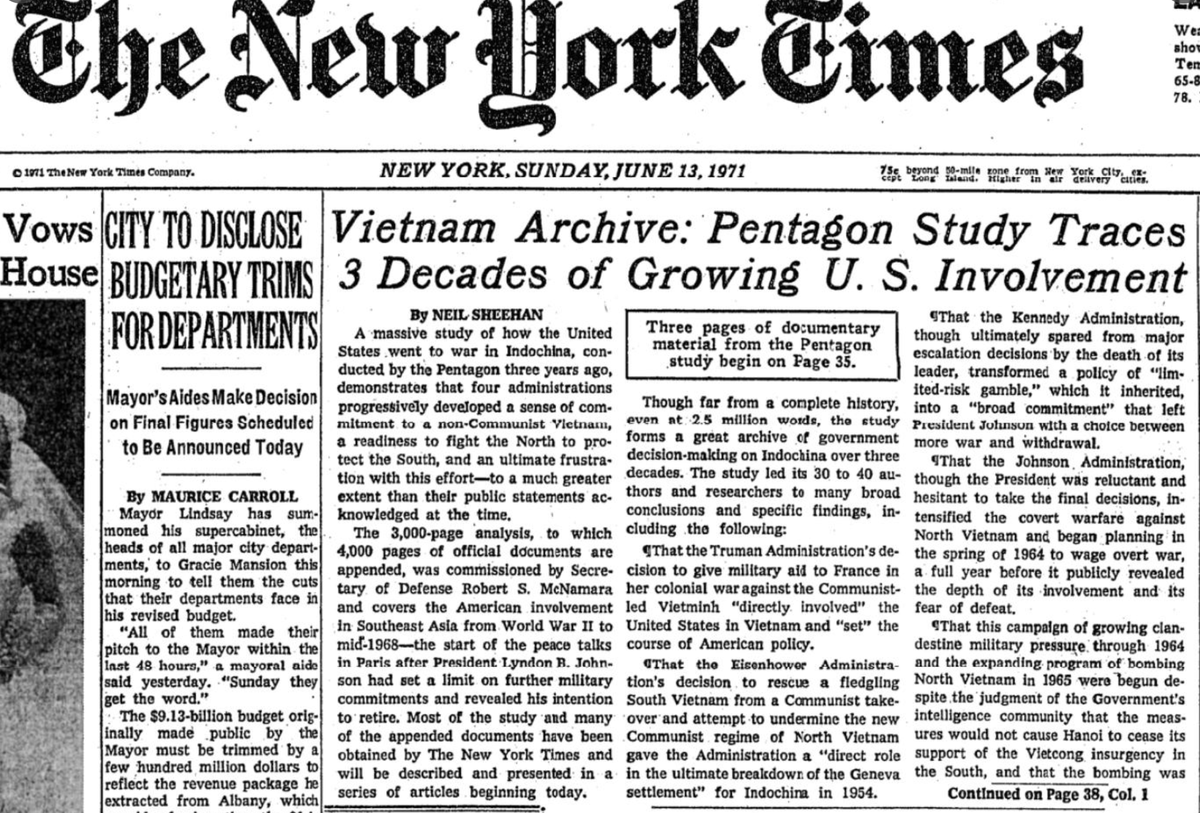

Missing some Tweet in this thread? You can try to force a refresh.
5/ Các tướng Westmoreland và Abrams đã nhìn nhận rằng miền Nam ko thể bình định hay ổn định một khi (as long as) các đơn vị chánh qui của Bắc VN tiếp tục chiến đấu ở miền Nam.6/ Do đó (thus), những trận đánh lớn mà các đơn vị Bắc VN bị-buộc-phải- chiến-đấu rất quan trọng.7/ Giờ đây, hy vọng rằng (hopefully) các bạn sẽ thấy trận Núi Ấp Bia chạm vào (run afoul) một nguyên tắc căn bản của chiến đấu.8/ Gần 150 năm trước khi các Rakkasan* trèo lên Đồi 937, lý thuyết quân sự người Phổ Carl von Clausewitz đã nhấn mạnh rất chiến tranh được khống chế bởi các mục tiêu chánh trị. (Trong trường hợp này, mục tiêu của chính trị của cuộc chiến này là một miền Nam độc lập và tự do).* Trung đoàn 187 của sđ 101 Dù có biệt danh Rakkasan (tiếng Nhật có nghĩa là "nhảy dù"). Đây là đv duy nhứt đã nhảy dù xuống Okinawa năm 1945. 9/ Phí tổn của cố gắng chiến tranh ở Đồi Thịt Bầm đã vượt quá giá trị mà dân Mỹ đặt ra cho một Nam VN tự do và độc lập năm 1969.Nên nhớ, phần lớn công chúng Mỹ đã chống đối cuộc chiến vào đầu 1968 trong và sau Tổng công kích Tết.
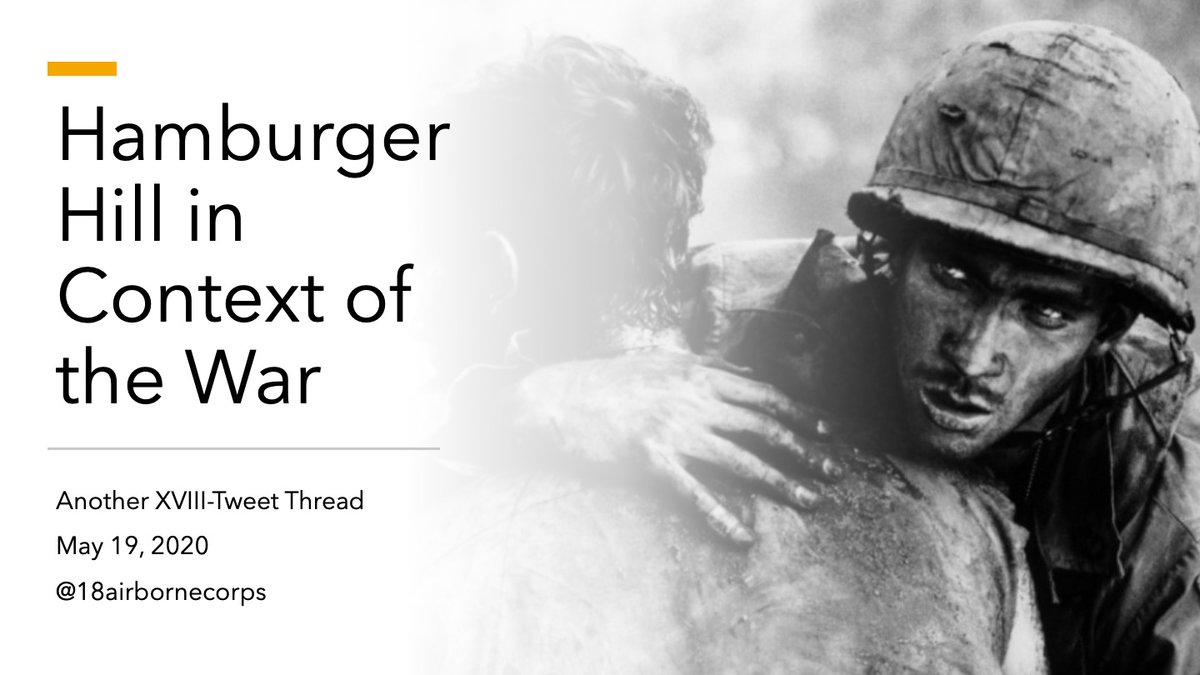
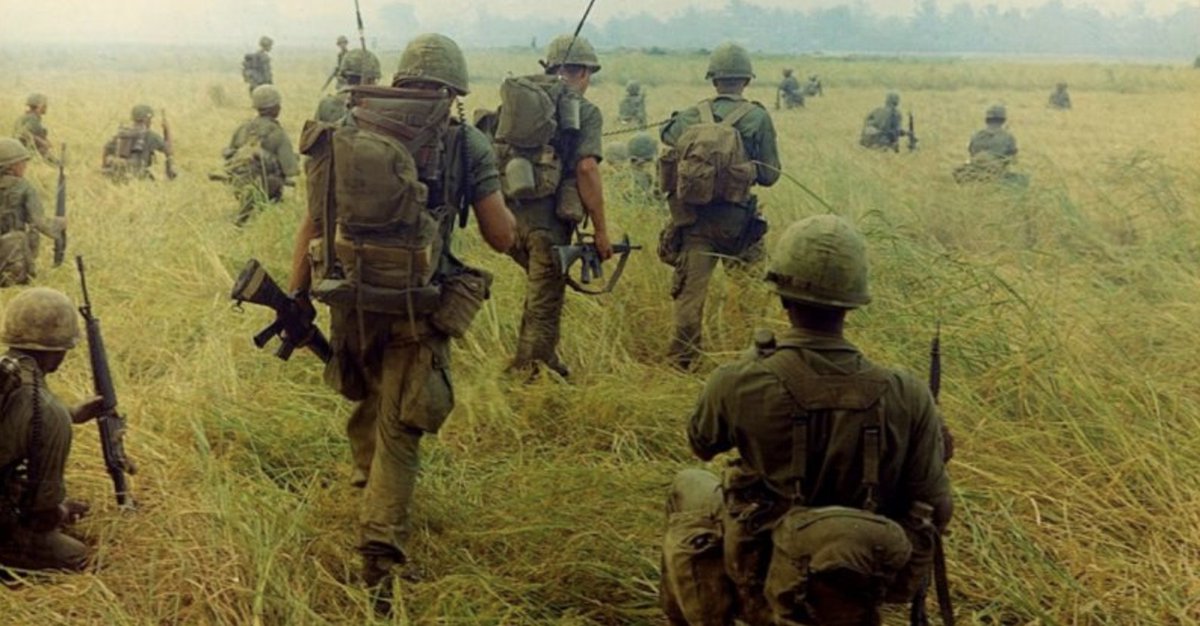
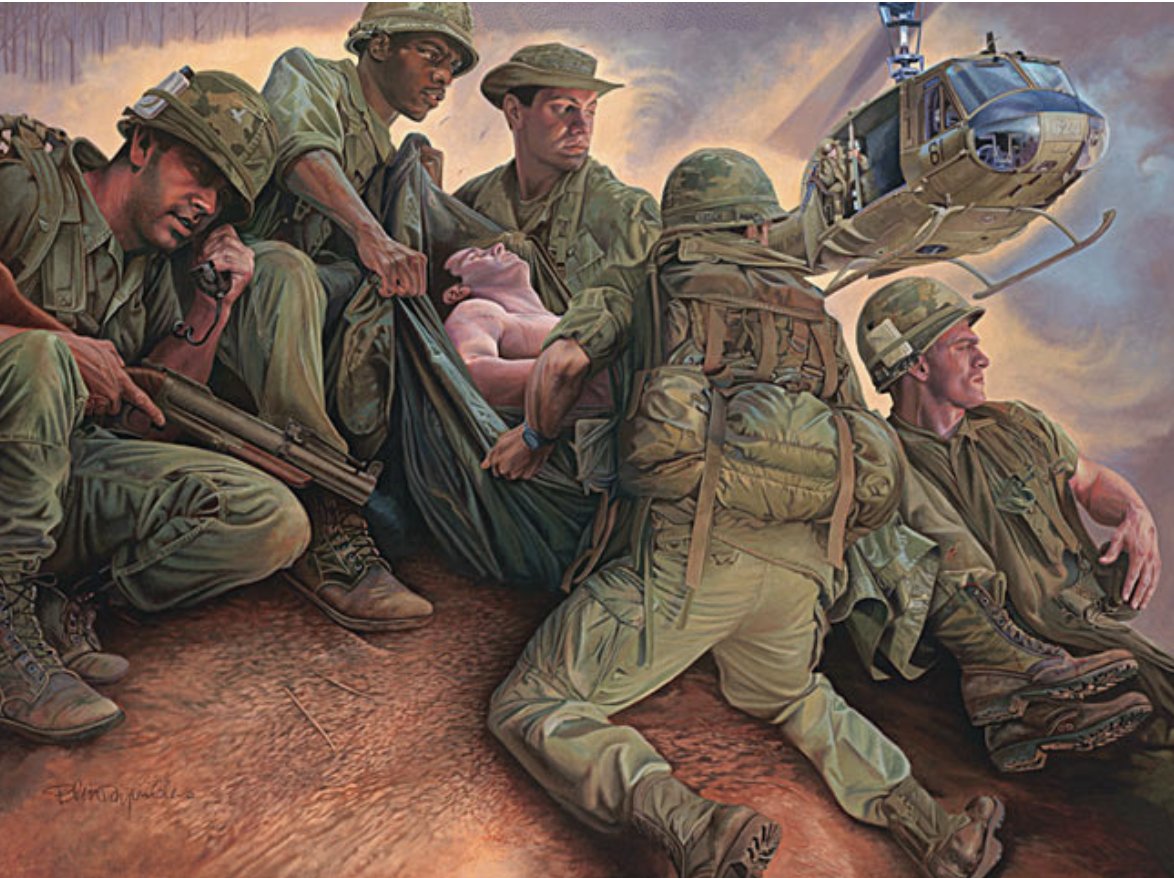
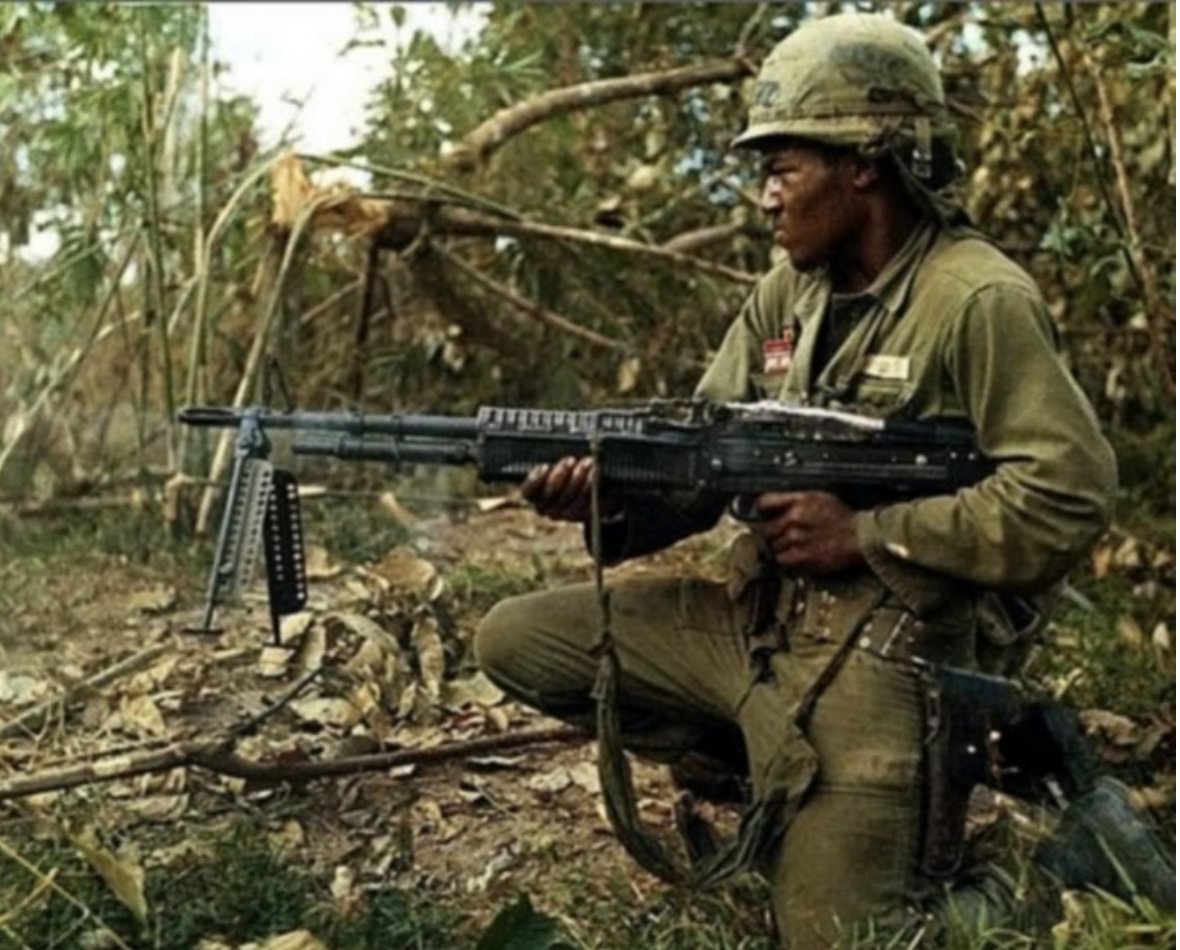
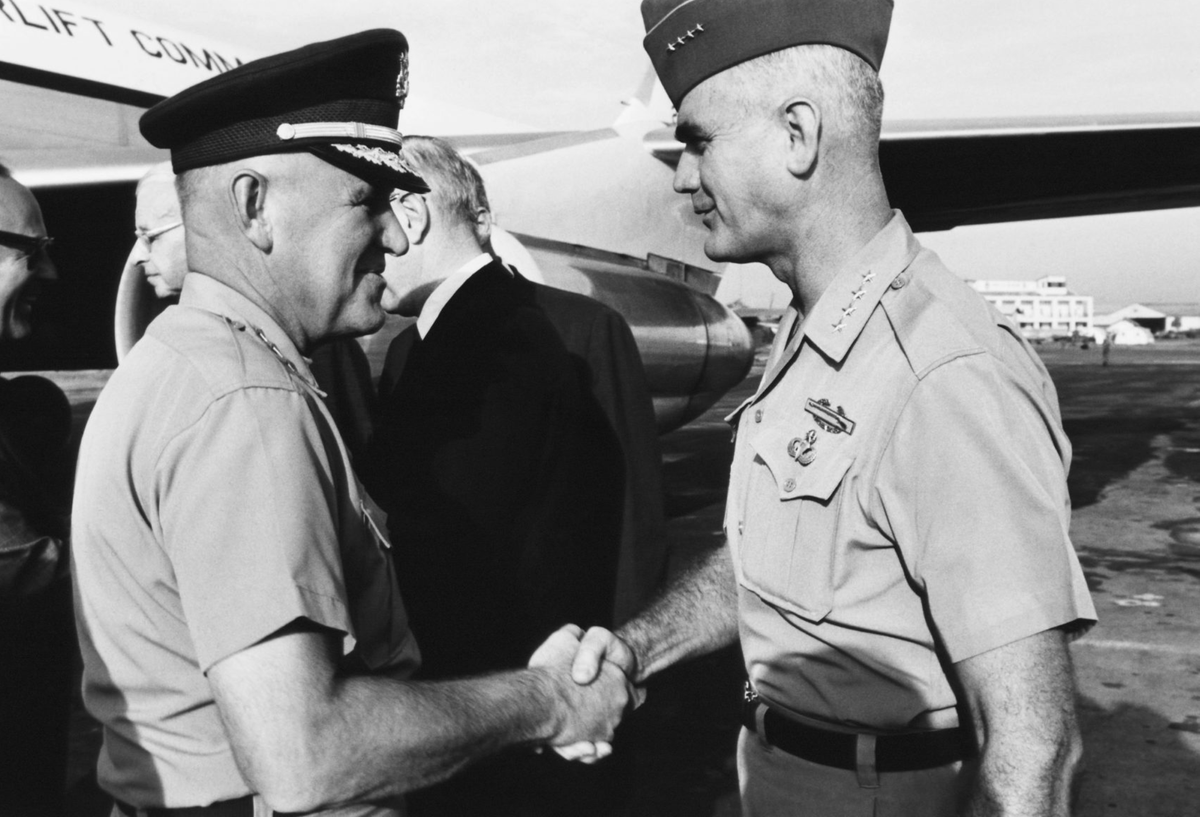
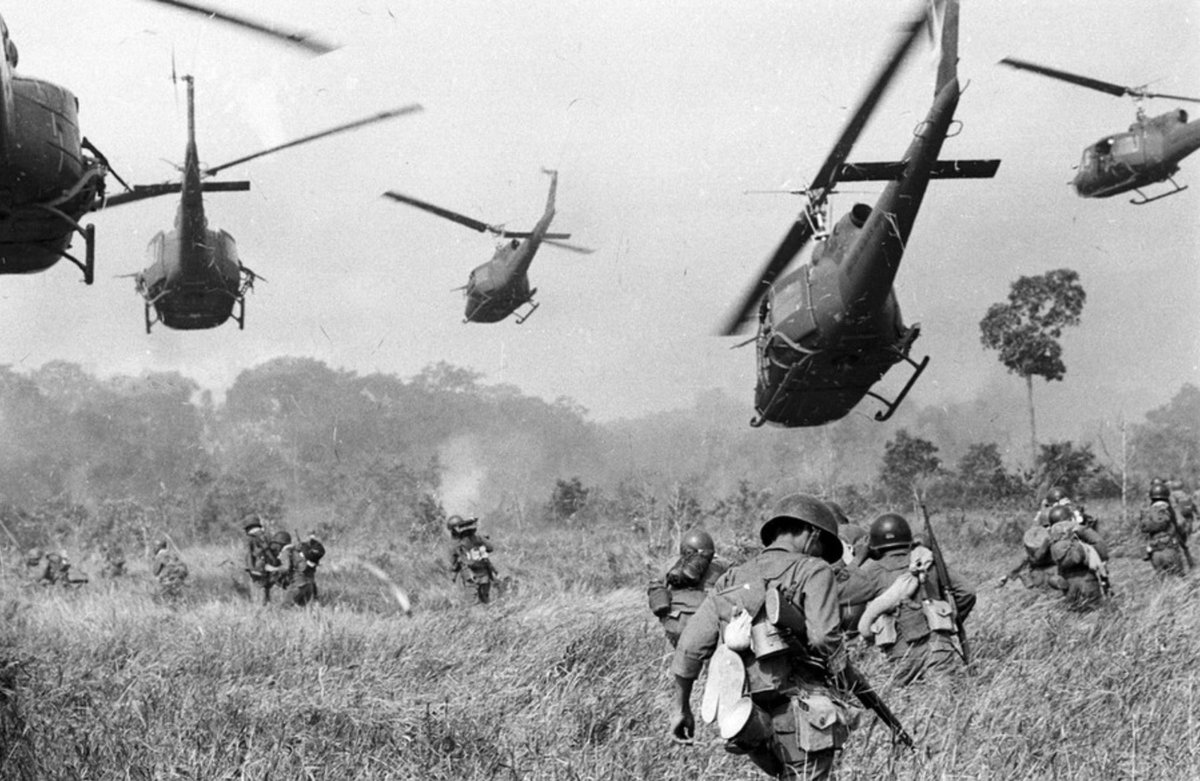

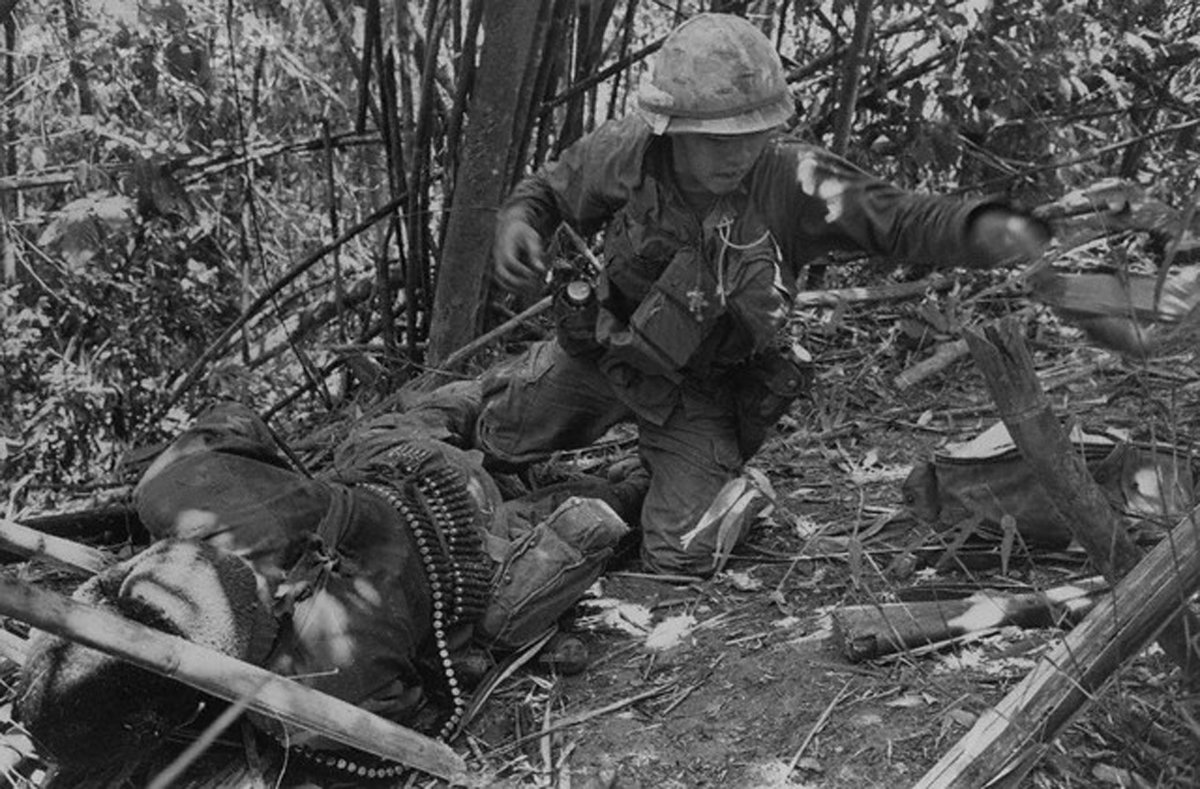
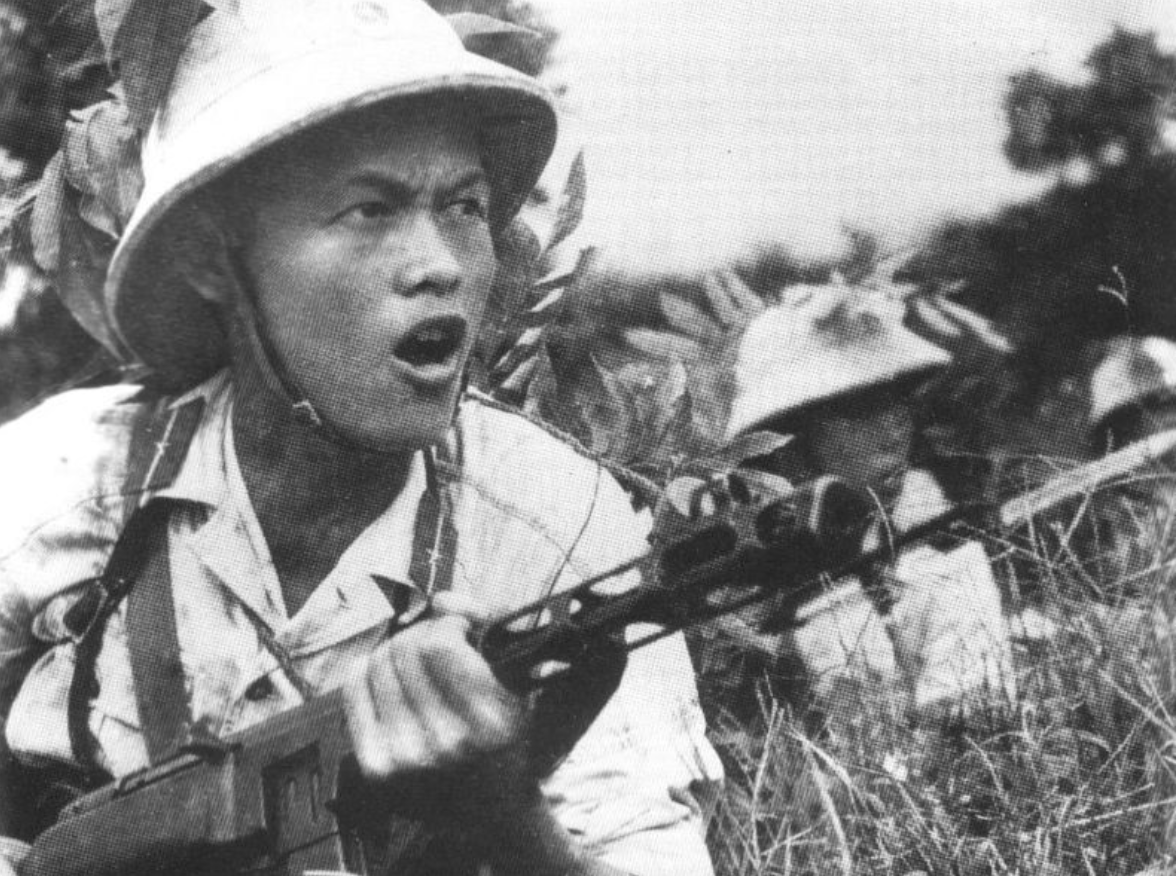
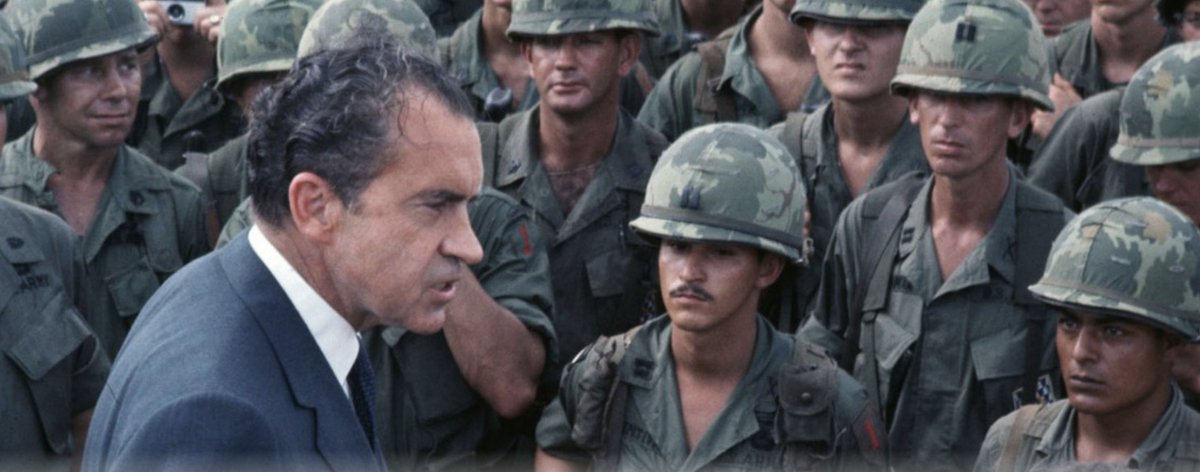


No comments:
Post a Comment